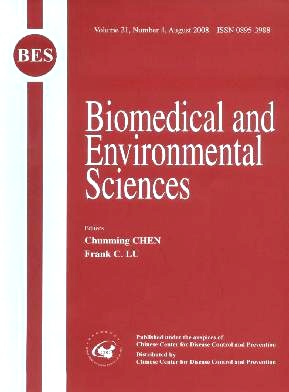Isolation and Characterization of Radiation-resistant Lung Cancer D6-R Cell Line
-
Key words:
- Radiosensitivity /
- Chemosensitivity /
- Cell cycle /
- Apoptosis /
- DNA damage /
- DNA repair
Abstract: To isolate an isogenic radioresistant cancer cell line after fractioned X-ray radiation and characterize the resistant cells. Methods D6 cells were exposed to repeated X-ray irradiation, and after a total dose of 5200 cGy in 8 fractions, a radioresistant monoclone D6-R was obtained. The radiosensitivity and drug sensitivity of the novel radioresistant D6-R cells, together with their parent D6 cells, were measured using clonogenic assay and MTT assay respectively. Cell cycle distribution was analyzed by flow cytometry. Fluorescence microscopy and flow cytometry were applied for apoptosis detection. Comet assay was used for the detection of DNA damage and repair. Results D6-R cells showed higher and broader initial shoulder (D<,0>=2.08 Gy, D<,q>=1.64 Gy, N=2.20) than the parent D6 ceils (D<,0>=1.84 Gy, D<,q>=0.34 Gy, N=1.20). They were 1.65-fold more radioresistant than D6 cells in terms of SF<,2>(63% vs 38%) and were more resistant to ADM (3.15-fold) and 5-FU (3.86-fold) as compared with the latter. It was found that D6-R cells had higher fractions of cells in S phase (53.4% vs 37.8%) and lower fractions of ceils in G<,1>(44.1% vs 57.2%) and G<,2>-M phase (2.5% vs 5%). There was no difference in radiation-induced apoptosis between D6-R and D6 cells. D6-R cells showed less initial DNA damage and increased capacity in DNA repair after irradiation, as compared with the parent cells. Conclusions D6-R cells have been isolated by exposing the parental D6 cells to repeated irradiation. The difference in cell cycle pattern together with the induction and repair of DNA damage might, at least partially, explain the mechanism of the radioresistance.
| Citation: | QI-CHUN WEI, LI SHEN, SHU ZHENG, YONG-LIANG ZHU. Isolation and Characterization of Radiation-resistant Lung Cancer D6-R Cell Line[J]. Biomedical and Environmental Sciences, 2008, 21(4): 339-344. |







 Quick Links
Quick Links
 DownLoad:
DownLoad: